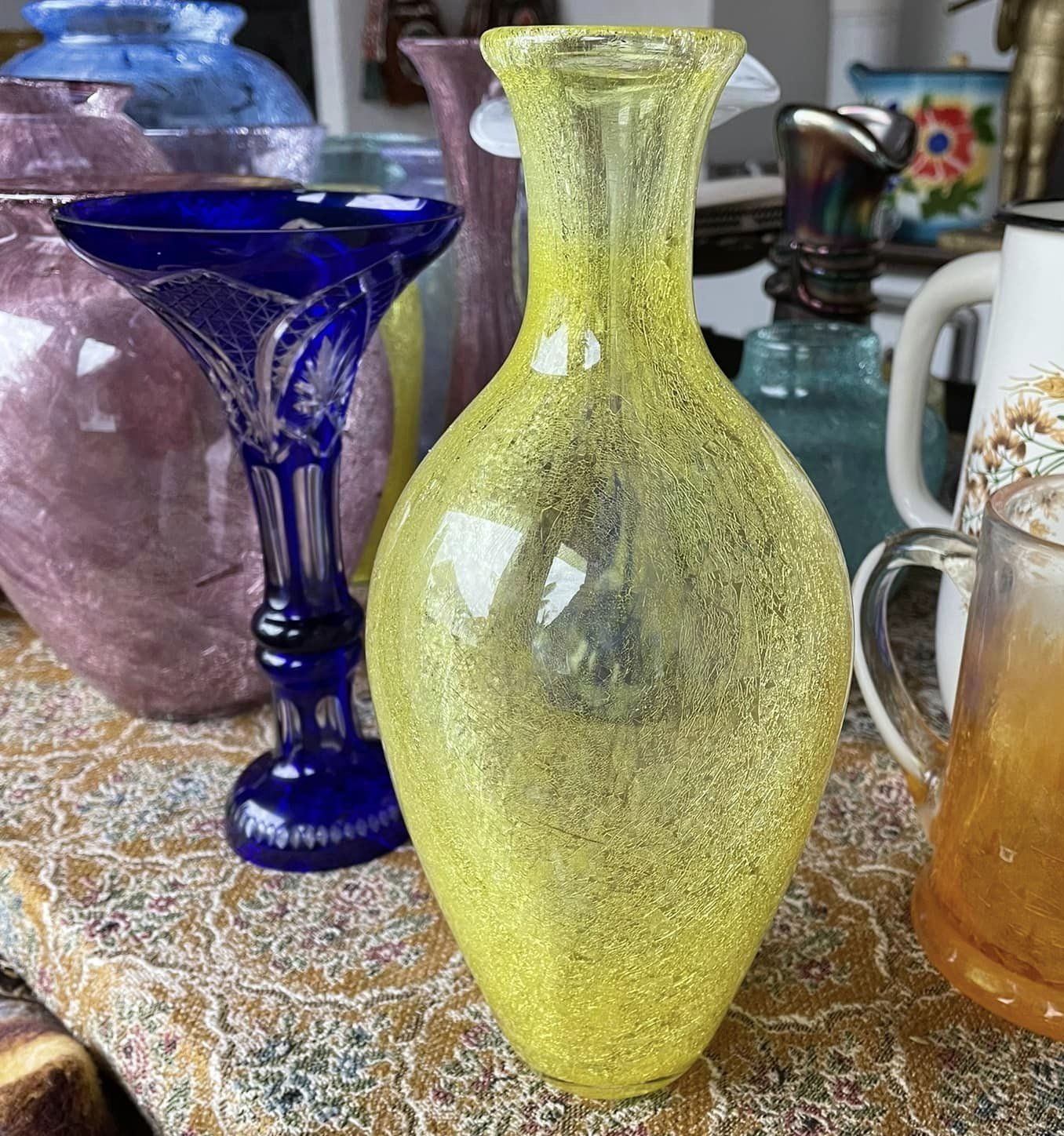The Hungarian string orchestra tradition was added to the list after the Mohács Busó Carnival (Busójárás), Matyó embroidery, falconry (Solymászat), and blue painting.Continue reading

“Knowledge, craft and skills of handmade glass production” has been nominated jointly by the Czech Republic, Finland, France, Germany, Hungary, and Spain for inscription on the UNESCO Lists of Intangible Cultural Heritage.
The inscription is decided on the basis of nominations from each country by the Intergovernmental Committee for the Safeguarding of the Intangible Cultural Heritage, whose 18th session was held this year in Kasane, Botswana, writes Turizmus.com. On December 6, the committee adopted its decision to inscribe the heritage item “Knowledge, craft and skills of handmade glass production” on the Representative List of the Intangible Cultural Heritage of Humanity. Public institutions, museums, schools, and glassmakers themselves were involved in the preparation of the nomination.
Traditional glass crafts (glass blowing, coloring, cutting, painting, stained glass) express the talent and creativity that has been handed down from generation to generation over the centuries and is still practiced by a community of craftsmen in today’s globalized world.
The inclusion of this heritage item will help to spread awareness of this rich living tradition and the diverse glass production techniques.
BREAKING
New inscription on the #IntangibleHeritage List: Knowledge, craft and skills of handmade glass production, #Czechia , #Finland , #France , #Germany , #Hungary , #Spain .
Congratulations!https://t.co/c2HMPpStCA #LivingHeritage pic.twitter.com/IBK3NleAfe
— UNESCO ️ #Education #Sciences #Culture (@UNESCO) December 6, 2023
Hungarian glass production is rooted in the German and Venetian types of glassblowing. The final shape of the glass object is obtained in a number of stages, requiring special skills such as polishing, coating, and painting. At the turn of the 19th and 20th centuries, the Arts and Crafts and the Art Nouveau movement, among others, led to a great deal of attention being paid to glass in architecture and applied arts. Today, the knowledge is passed on by glass professionals.
Our glass products have their own specialties from Ajka (western Hungary), Karcag (eastern Hungary), and Parád (northern Hungary).
There are hundreds of designers and craftsmen working in Hungary today, trying to pass on these techniques in their restoration work and in their individual creations.
Glass production is constantly on the move and is transforming itself in order to survive.

The veil glass of Karcag. Photo via Facebook/András kincsei,porcelán,zománcos,üveg és paraszti dolgok
Glass is a material with a rich technical palette. In Hungary, glassmakers are trained at universities, secondary schools, and schools of further education. Several associations have numerous programs to protect and promote glass heritage.
The professional coordinator of the Intergovernmental Committee for the Safeguarding of the Intangible Cultural Heritage in Hungary is the Directorate of the Szentendre Hungarian Open Air Museum. Among other things, it is responsible for the inventory of the country’s intangible cultural heritage, the maintenance of the Intangible Cultural Heritage in Hungary, and the coordination of the submission of items for inscription on the UNESCO list.
Via turizmus.com, Featured image via Facebook/Csák János